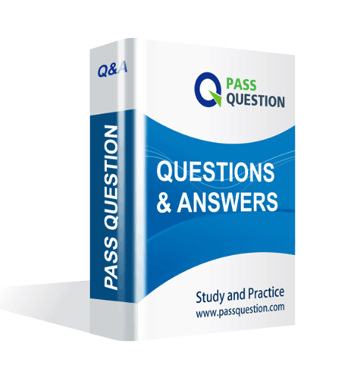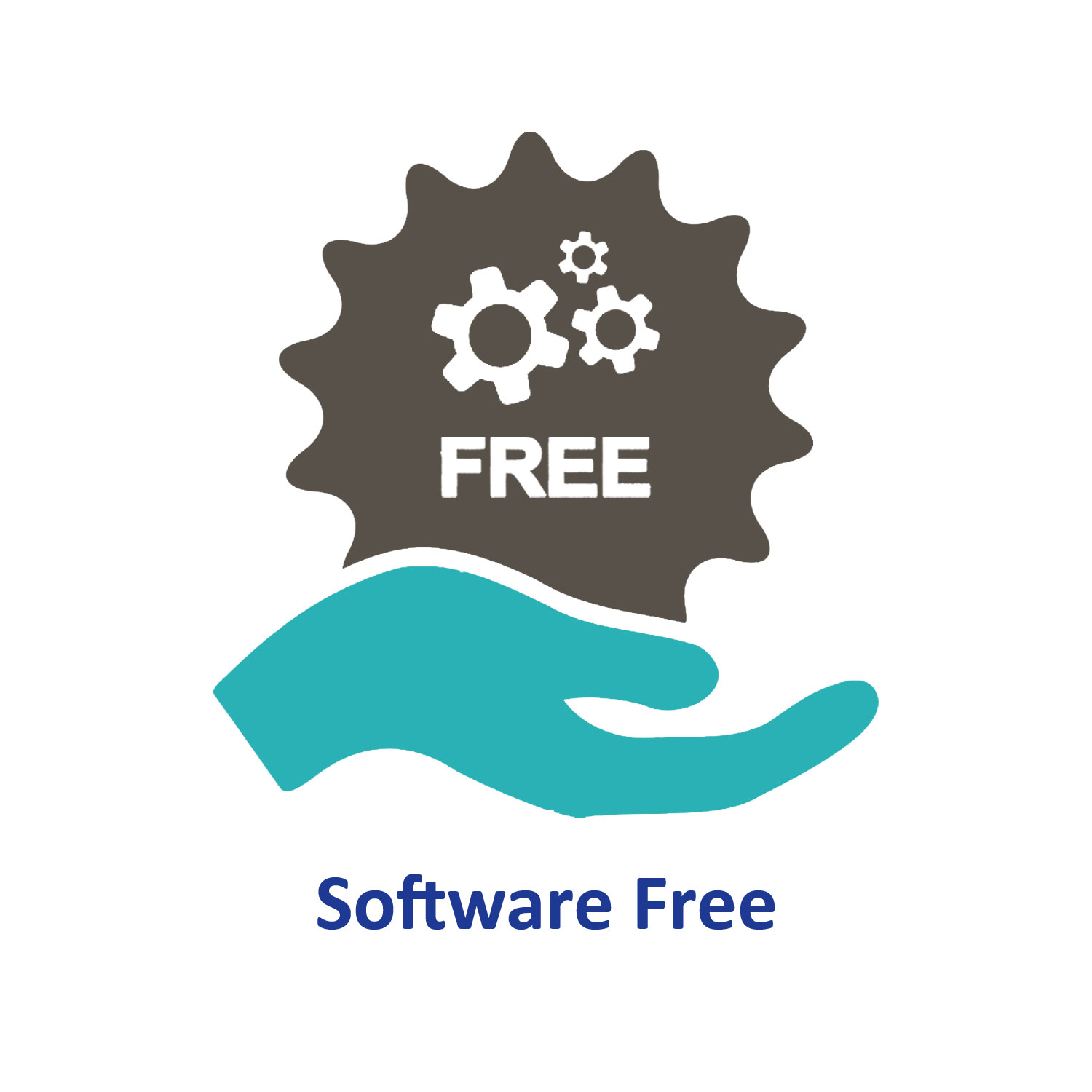- Reviews
Get Ready for Success with Juniper JN0-360 Questions and Answers – 2025 Updated Version
Want to pass the JN0-360 Service Provider Routing and Switching, Specialist (JNCIS-SP) exam with confidence? PassQuestion JN0-360 questions and answers are designed to help you thoroughly understand the exam content, manage your time effectively, and boost your confidence. Our practice questions closely simulate the real exam environment, providing an authentic experience that improves your readiness. By training with PassQuestion JN0-360 questions and answers, you'll gain familiarity with the exam format, identify areas for improvement, and build the skills needed to pass the exam on your first attempt. Our Juniper JN0-360 practice questions are regularly updated to align with the latest exam objectives, ensuring you're always studying the most relevant and accurate content.
Pass the Juniper JN0-360 Exam with Confidence
Prepare to succeed with confidence in your upcoming Juniper JN0-360 certification exam by using trusted study materials from PassQuestion. Our expertly developed JN0-360 exam questions are based on the latest exam objectives and designed to simulate the real test environment. With comprehensive coverage, accurate answers, and flexible formats, PassQuestion gives you everything you need to build knowledge, improve exam readiness, and pass the JNCIS JN0-360 exam on your first try.
Why Choose PassQuestion for Your Juniper JN0-360 Exam Preparation?
✅ High Coverage of Exam Topics: Our JN0-360 questions and answers comprehensively cover all key topics tested in the Service Provider Routing and Switching, Specialist (JNCIS-SP). No need to search for additional resources—everything you need is in one place!
✅ Verified Answers by Experts: All JN0-360 exam answers are carefully reviewed and verified by Juniper experts, ensuring accuracy and alignment with the latest exam objectives. Study with confidence, knowing you're practicing with the most reliable content.
✅ Instant Access to PDF & Test Engine Format: Gain immediate access to your JN0-360 study materials right after purchase. Download the PDF version for offline study or use the interactive test engine to simulate the real Juniper JN0-360 exam environment.
✅ Free Updates for One Year: Stay up-to-date with the latest Juniper JN0-360 exam changes! We provide free updates for one year, ensuring that you always have access to the most accurate and relevant exam questions.
✅ 100% Passing Guarantee: We stand by the quality of our Juniper JN0-360 questions and answers. If you study with our materials and don't pass the exam, we offer a 100% money-back guarantee—making your investment risk-free.
✅ Excellent Customer Support: Have questions or need assistance? Our dedicated support team is available 24/7 to help you with any issues related to your JN0-360 exam preparation. We are committed to providing the best service experience.
Frequently Asked Questions About Juniper JN0-360 Questions and Answers
1. What JN0-360 product will I get for studying?
PassQuestion offers real JN0-360 dumps questions in the PDF and test engine. It contains the latest JN0-360 exam questions and answers from real tests to help you pass your exam easily. The JN0-360 dumps questions are designed to cover all the topics and skills required for the exam. By taking the JN0-360 practice test questions, you will be able to identify the areas where you need to improve and focus your study efforts accordingly.
2. How do I access the JN0-360 exam questions after payment?
You can download your JN0-360 exam questions PDF or Test Engine immediately from your Member's Area after purchase. Once you have made the payment, you will be transferred to the Member's Area where you can log in and download the JN0-360 exam questions you have purchased to your computer or mobile.
3. Can I pass the Juniper JN0-360 exam using only PassQuestion Product?
Yes, if you have no skills in this field, you need to practice our JN0-360 practice test questions as much as you can to easily pass your Juniper JN0-360 exam. Our JN0-360 exam questions cover all the topics and concepts you need to know to pass the exam. With comprehensive coverage, expertly written questions, and a real exam environment, you'll be well-prepared to pass the exam on your first try.
4. How long can I get the update and how do I get the update?
You can enjoy a one-year free update. PassQuestion JN0-360 exam questions are regularly updated to reflect the latest changes in the exam syllabus and format. Our team of experts verifies each question to ensure its accuracy and relevance to the current exam. You can trust that our questions are up-to-date and reliable. If we update, we will upload it to our system, then you can always download the latest version from your member area.
5. What is your refund policy if I don't pass the JN0-360 exam?
We understand that taking exams can be a stressful experience, and we want to make sure our customers feel confident and supported when using our JN0-360 exam questions. That's why we offer a full money-back guarantee for our JN0-360 exam questions. If you use our materials and fail your test, we will process a full refund for you. Provide us with your order number and a copy of your score report showing that you have failed the exam. Once your refund has been approved, we will process it within 1-7 business days.
6. What is the benefit of using the JN0-360 test engine?
The PassQuestion JN0-360 test engine lets you study anytime, anywhere with full flexibility. You can take unlimited practice tests, get instant feedback, and focus on weak areas. Practice mode allows you to customize question sets and timing, while the simulated exam environment helps you build confidence and prepare effectively for the real Service Provider Routing and Switching, Specialist (JNCIS-SP) exam.






